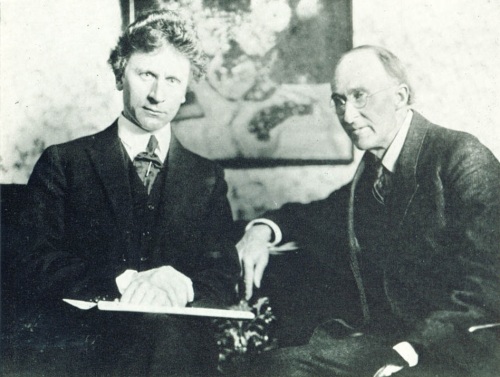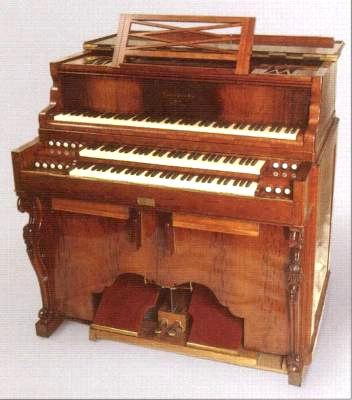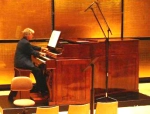Today, on Delius’s 160th birthday, let’s eavesdrop on the reminiscences of his friend Percy Grainger.
“Composer never had truer colleague than I had in Frederick Delius, and when he died I felt that my music had lost its best friend.”
“Our outlook on life was very similar, our artistic tastes met at many points. Both of us considered the Icelandic sagas the pinnacle of narrative prose. Both of us knew the Scandinavian languages and admired the culture of Scandinavia as the flower of Europeanism.”
“Both of us worshipped Walt Whitman, Wagner, Grieg, and Jens Peter Jacobsen. Both of us detested music of the Haydn-Mozart-Beethoven period. ‘If a man tells me he likes Mozart, I know in advance that he is a bad musician’ Delius was fond of saying.”
“One year he would ask for Bach; the next year he would say ‘You know, Bach always bores me.’ But Chopin and Grieg he never turned against. He preferred Ravel to Debussy. He had no patience with Richard Strauss, Mahler, or Hindemith.”
This from “About Delius”, reprinted in Grainger on music (Oxford: Clarendon, 1999, pp. 361–368). Above, Grainger and Delius in 1923. Below, Delius’s On hearing the first cuckoo in spring.
Related article: Esoteric orchestration













